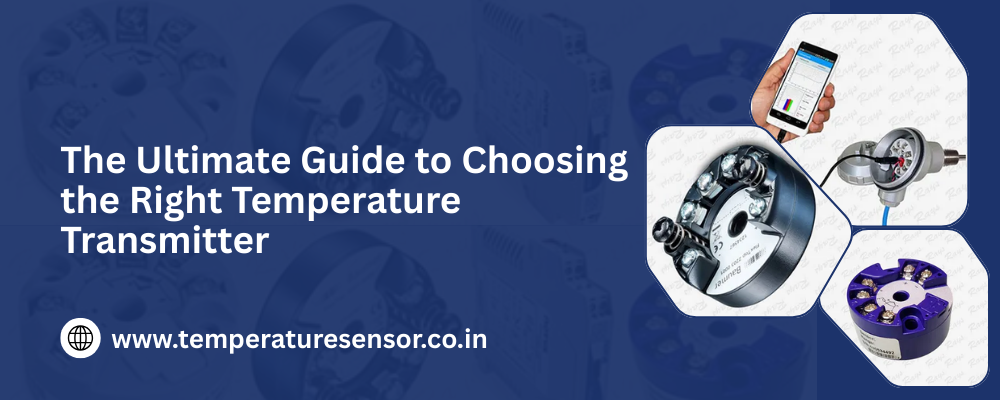- Home
- About Us
- Products
- Temperature Sensors
- Thermocouple
- Thermo well
- Digital Temperature Indicator
- Temperature Transmitter
- Pressure Transmitter
- Infrared thermometer gun
- Temperature gauge
- Pressure gauge
- Cables & Connectors
- Bearing RTD sensors
- Stator Rtd Sensor
- High Temperature Sensors
- IR Temperature Sensor
- PID Temperature Controller
- Enquiry Us


